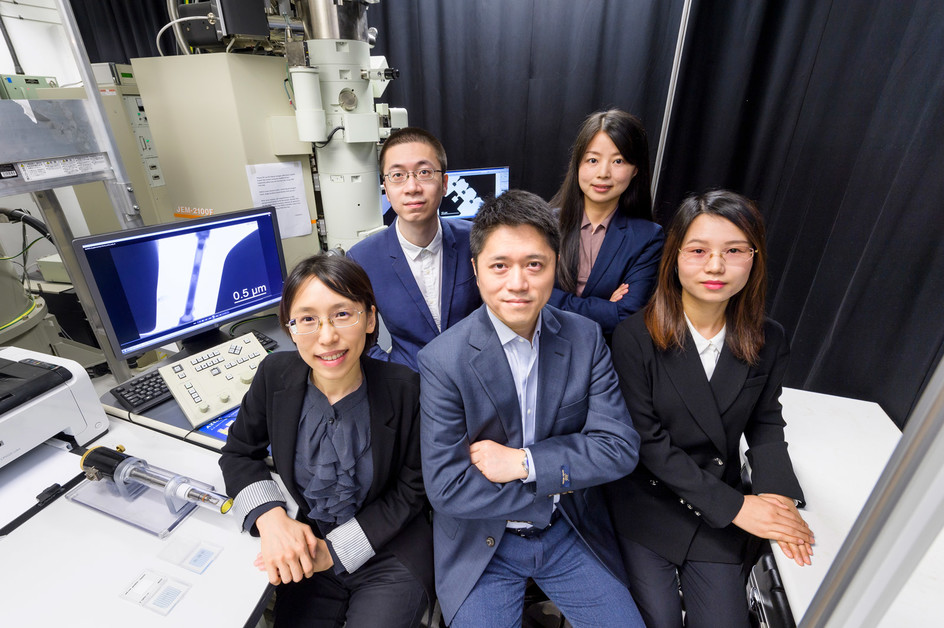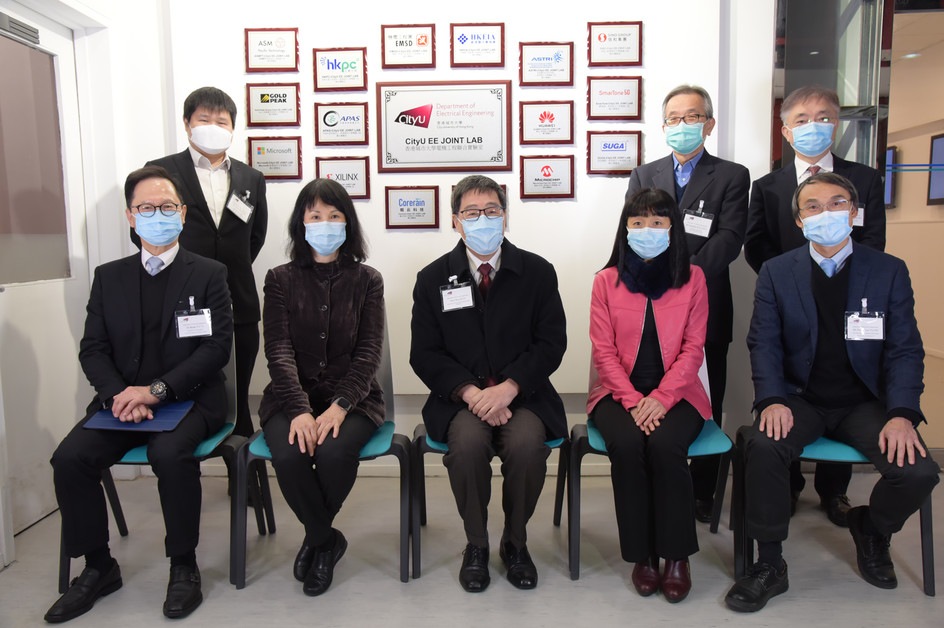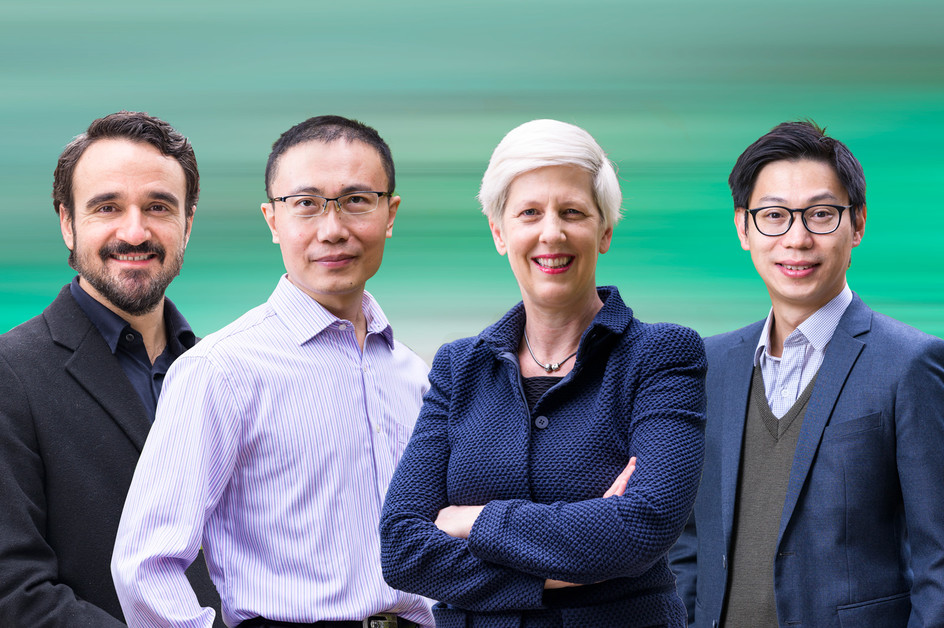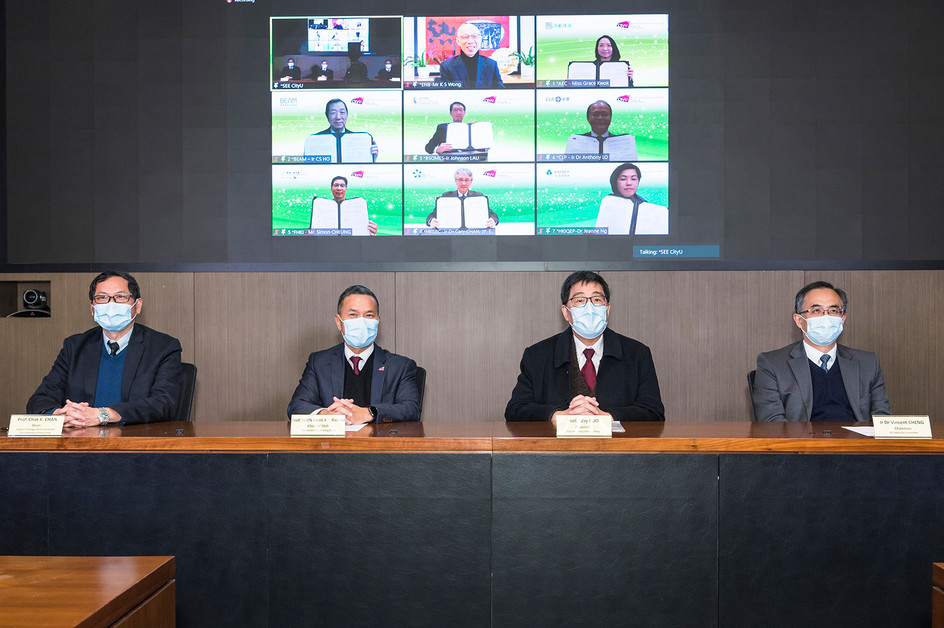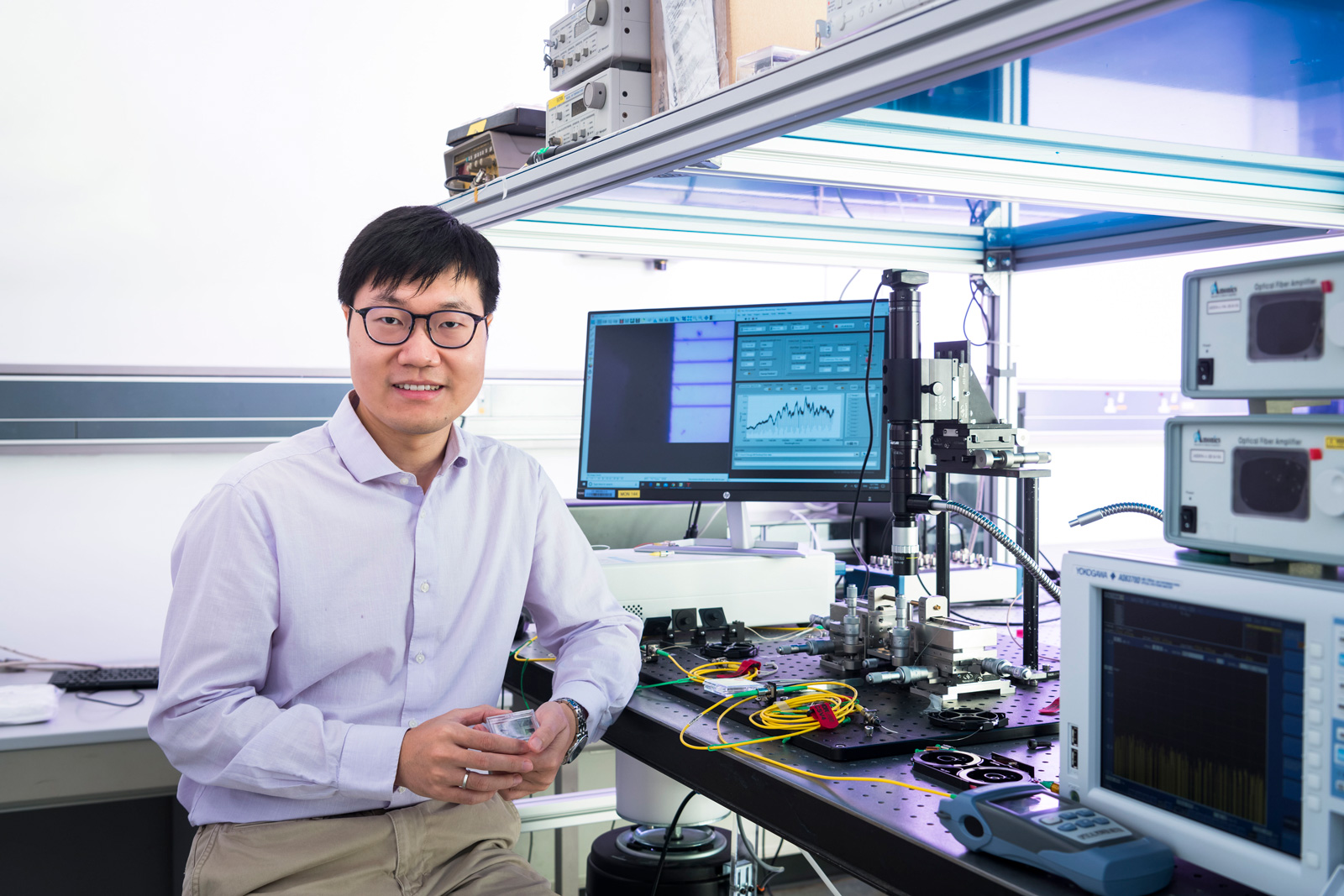
A researcher at City University of Hong Kong (CityU) has received a prestigious award for his innovative work on novel photonic chips for optical communication.
Dr Wang Cheng, Assistant Professor in the Department of Electrical Engineering, is the awardee of the Croucher Innovation Award 2020 for his contributions to developing compact and high-performance integrated photonic chips for optical communications. This technology can also be applied for quantum photonics as well as millimetre-wave and terahertz photonics.
Global data centres today consume about 1% of total human electricity, a number that’s expected to double every four years due to the rapid growth of cloud computing and storage services. As a major portion of data centre power consumption is spent on the numerous optical fibre networks linking servers, Dr Wang’s research team is developing advanced nano-fabrication approaches to integrate optical fibre components onto small chips, and to make them transmit more data at lower power consumption and cost.
“Our research aims to replace today’s bulky and expensive discrete optical components with chip-scale, integrated photonic devices,” said Dr Wang.
One prominent example of this ambitious goal is electro-optic modulators, which are critical components in modern communications. They convert high-speed electronic signals in computational devices to optical signals before transmitting them through optical fibre. But the existing and commonly used lithium niobate modulators are bulky, expensive and use up a lot of energy.
In 2018, in collaboration with Harvard University and renowned information technologies laboratory, Nokia Bell Labs, Dr Wang successfully fabricated a tiny on-chip lithium niobate modulator that’s 100 times smaller in size and 10 times lower in optical losses compared to current lithium niobate modulators, which can provide faster, more energy-efficient and cost-effective solutions for optical fibre networks.
Currently, Dr Wang is further testing the limits of this technology by developing modulators that can operate at millimeter-wave and even terahertz frequencies (> 200 GHz) together with other members of the State Key Laboratory of Terahertz and Millimeter Waves at CityU, with potential applications for 5G communication and beyond. He is also developing new kinds of integrated photonic devices for low-cost and efficient generation terahertz waves, which could be used for medical imaging and chemical identification applications.
The generous support of the Croucher Innovation Award will allow Dr Wang to upgrade his lab infrastructure, adding ultra-high-speed optoelectronic equipment and advanced nanofabrication tools for the next generation of device fabrication and characterisation. This research could secure major benefits for society.

